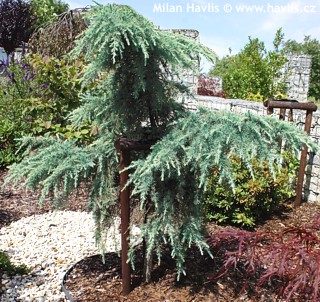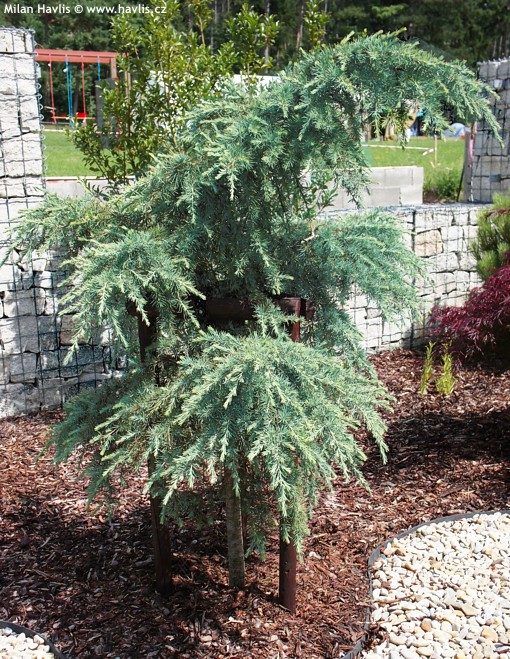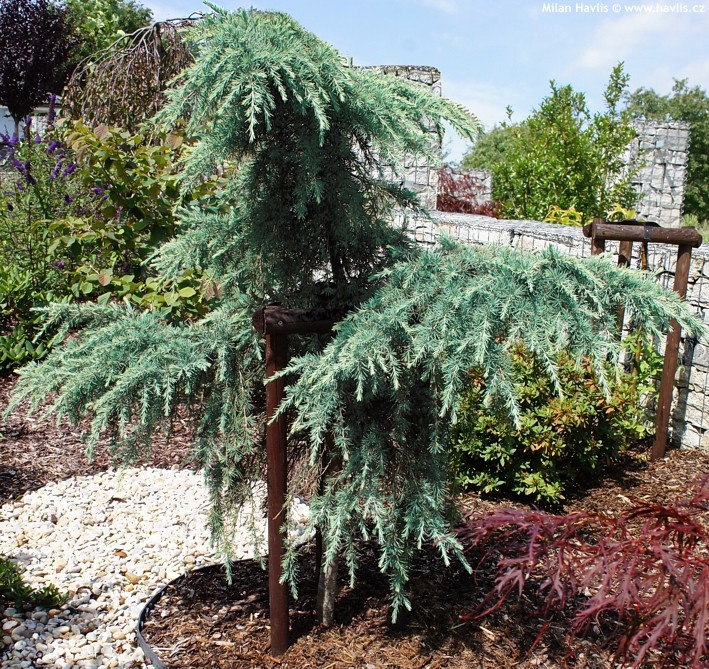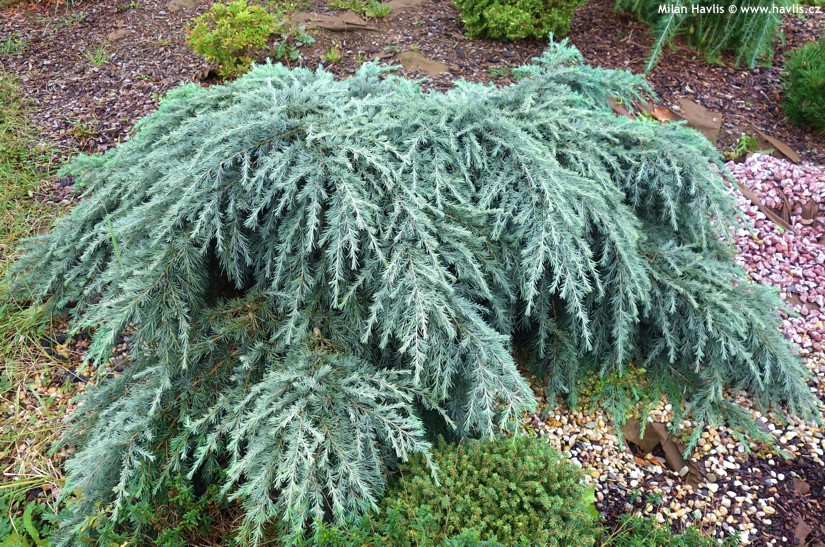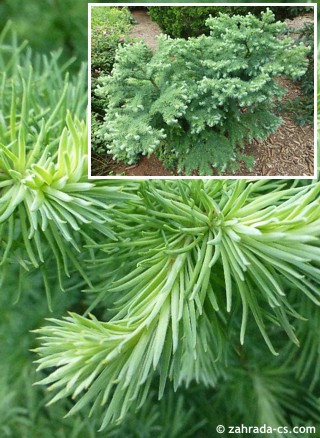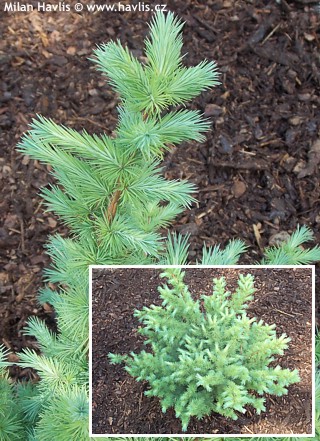Cedrus deodara 'FEELIN' BLUE' Himalayan cedar


Cedrus
Cedars are beautiful, architectural trees that attract us with their irregular, monumental crowns, mainly in southern Europe under the Alps. There are 4 species in this genus among which the hardiest are Atlas cedar (blue-green), cedar of Lebanon (green), and some varieties of Himalayan cedar.It grows moderately about 30-40 cm per year. It natural height without staking is not much taller than 20 cm and spread could be indefinite. It grows best in full sun and almost any reasonably permeable soil. Lime tolerant. Pruning is possible in early spring. It is very hardy down to USDA zone 5b i.e. -27°C.
Last update 04-03-2007; 08-10-2016
Goods are shipped all over Europe. For Russia and U.K. and for further details please read about SHIPPING OPTIONS HERE.
Are you interested in a serious discount for orders NOV-FEB? Check your options here.
THE PRICES INCLUDE VAT of 15%. For quick conversion you can use 1 CZK = approx. 0.04 EUR
- STANDARD QUALITY - Plants of this group are 1st class quality with number of branches and overall density adequate to their size and age, considering they were container grown.
- DE LUXE QUALITY - This label guarantees a luxurious quality of manually selected plants that, compared to their height and age, are exceptionally dense and beautiful.
- EXTRA - These plants are usually mature and bigger specimens with exceptional overall appearance.
- STANDARD (as described in the plant form) means a tree with a trunk of 190-210 cm and a crown at the top, unless specified differently. The commercial size for trees is their girth measured in the height of 1m from ground.
- HOBBY - These plants are of the same quality as our standard-quality plants but younger and therefore cheaper.
- SHRUB - a woody plant with branches growing bushy from the ground level.
- HALF-STANDARD or MINI-STANDARD - a small tree with shorter trunk, its size is usually specified.
- FEATHERED - These are trees with branches growing already from the base of the trunk and up along the stem.
- GRASSES and PERENNIALS - Sizes given usually read the diameter of the pot or the clump, as specified.












